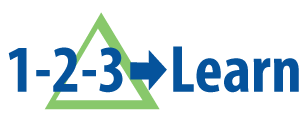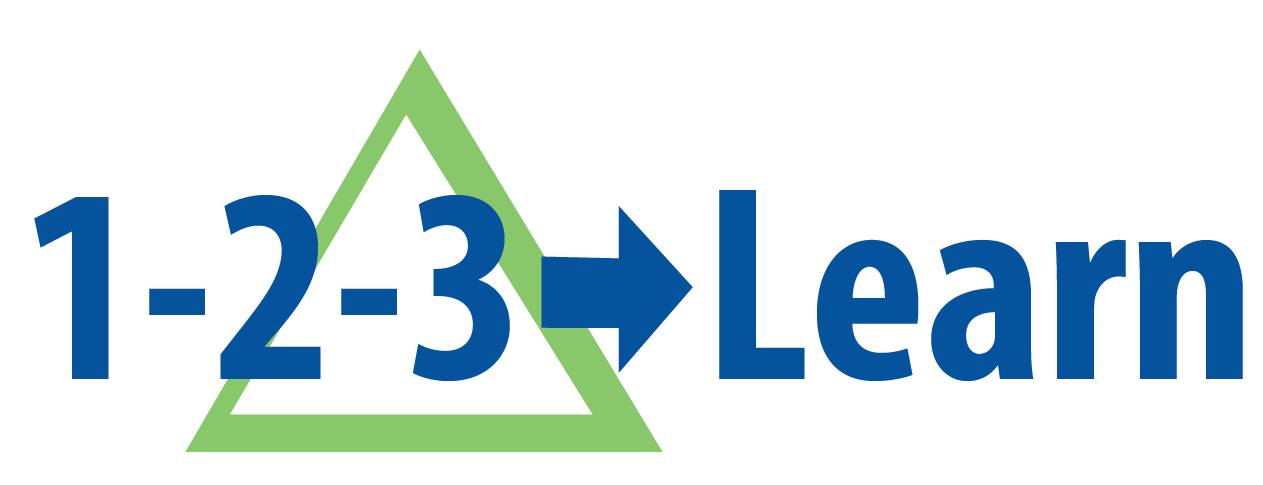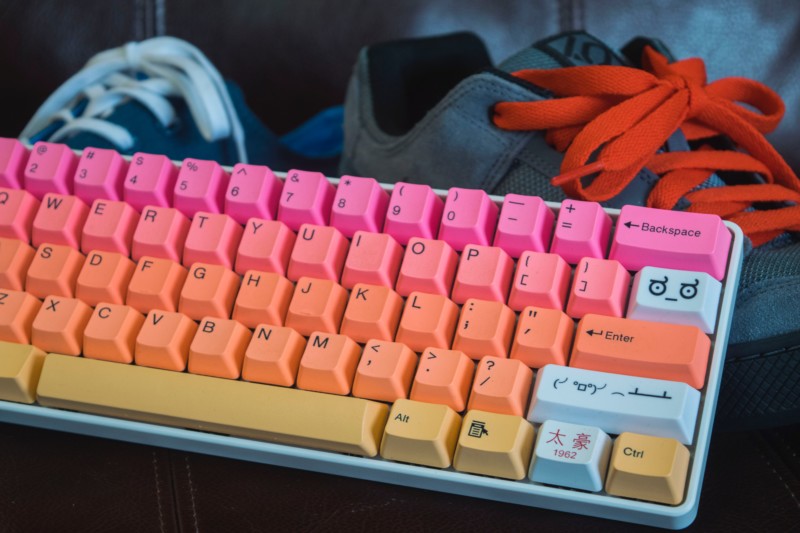Mirrors, Windows & Sliding Glass Doors: Access Points to Literacy in STEM Classrooms
The fourth system that builds our Integrated Science Program is the literacy system, which interfaces with our Sustainable Open Educational Resources (OER) system at key junctures.
The texts we introduce to students in science class are equity levers. They determine, unequivocally, whether students see themselves as participants in personal, familial, and civic discourse where STEM issues are central.
The inconvenient truth is that secondary science educators largely have not been trained to embrace their essential role in literacy instruction. When we began to transform our program for digital delivery in 2010, these deficiencies were top of mind. The next series of blog posts describe our expanded view of literacy instruction in the secondary science classroom.
Here I begin with three access points.
Tangible Access
I’ve always valued my collaborations with literacy educators, particularly Dr. Beverly Ann Chin, whose advice and wisdom have guided the development of our literacy system.
In 2019 I presented about equity and representation in STEM at an International Literacy Association conference, and published an article in Literacy Today.
In both the presentation and the article I outline three access points to STEM literacy and provide a visual here for reference.
Digital and connectivity inequities that prevent tangible access to the content and practices of STEM reared their ugly heads during the COVID19 school closures. Over the past two decades, EdTech purchases have shifted from a focus on tools that only teachers use (SMART Boards), to tools that teachers and students use together.
However, many schools have failed the last mile test: they failed to supply digital devices, connectivity and assistive technologies to each individual student, to utilize inside or outside of school.
How is it that for many years we were able to provide print textbooks to each student, yet we are unable to understand that digital resources are conduits to educational content in an Information Age?
I am convinced that the widespread lack of schema for understanding literacy and its instruction across subjects—not technological incompetence—has contributed significantly to this disconnect.
When we do not provide students and teachers with tangible access to digital resources, we prevent tangible access to functional STEM literacy for the 21st century.
And before you retort with, “But the expense! Schools don’t have the money!” allow me to remind you of the colossal waste of funds, to the tune of $1.3 billion in a single school year, used to purchase software packages that went untouched.
If we travel one level of organization closer to hell, we find the billions of wasted dollars invested in failed EdTech companies over the past decade.
Sorry folks, we have suffered a dollar-for-dollar match between available funds and poor decisions.
Particularly in upper secondary levels, the absence of pre-service and in-service teacher training in literacy instruction makes technology integration more difficult.
But why?
Technology plays a supporting, not a leading, role in the curriculum. When teachers are trained to use technology, they need to know what they are trying to enhance or supplant, and why they would want to do so.
Teacher technology training in the USA and beyond does not fail because teachers cannot understand the company-provided online tutorials.
Tech training often fails because the underlying curricula cannot make good use of EdTech writ large.
Most conventional science curricula have nothing to do with making students more confident in their ability to successfully negotiate the Information Age. If you teach from a textbook (even a free OER version), you are not helping students to become more autonomous, or more literate, in an Information Age.
Thus, there is no need for more than a narrow range of super-basic tech tools. If you look across the field, you will see that those are the tools that have gained widespread teacher popularity. Robust technical & creative software suites do not assist outdated approaches to content delivery, and therefore are used by fewer teachers.
So once we provide all students with tangible access to digital devices and connectivity in the community—and can we please do that already?!—we need to take a long, hard look at what students are using those devices to access.
Cognitive Access
Even for schools with bring-your-own-device (BYOD) policies, problems of access can remain unsolved. To access content in upper secondary science courses, students must have basic literacy skills.
I firmly believe it is possible to do science without texts, for instance when students are trained to do some types of field or laboratory work. Students can observe nature, model natural phenomena, and ask questions without the aid of reading materials.
But there is no denying that access to STEM texts, particularly those produced by authentic STEM professionals, is a gateway to the kinds of citizen, caregiver and career involvement in STEM issues that our society demands.
Over the past twenty years we have been curating authentic texts for students to negotiate, and we can confidently assert that people should be able to read at an upper-middle school level (8th grade-ish) to access many authentic science texts, including the many visual texts on which STEM relies. Once students cross this threshold, we can guide them toward content and disciplinary literacy strategies that support comprehension.
Sadly, as of 2019, 43 million adults in the USA were functionally illiterate, and two-thirds of them were U.S.-born Whites & Hispanics. Do illiterate U.S. adults also comprise the majority of science deniers? Hmmm….
To try to close the literacy gap in secondary science, some teachers choose to give verbal explanations, to digest content for students via class notes that preclude reading the textbook, or to use below-level textbooks.
These tactics fail because student-centered classrooms need to function without over-reliance on the teacher, and because fourth-grade readers that explain electromagnetic fields and molecular genetics simply do not exist.
Even if you reject certain content as unnecessary, the STEM concepts and complexities that teenage students want to learn require a basic level of literacy to fully appreciate.
Students need not enter high school with a vast repertoire of scientific terminology (Tier III academic language), nor do they need to memorize terms and definitions in science class.
If educators can help students develop academic language that straddles all subject areas (Tier II), cognitive access to STEM texts becomes much easier. Building student acumen with both tiers of academic language was a major goal in the development of our Concept Construxions® system, which has been effective in supporting English learners as well.
We have now run our Integrated Science program in five countries, with students hailing from nearly 60 home countries. And in schools where 100% of students and teachers are English learners, students enjoy success and become more confident with STEM texts.
Cognitive access to text, onscreen or in print, also may be hindered by typeface sensitivities, visual impairments, or similar obstacles.
Do students have the skills, tools and permissions necessary to alter their class texts in ways that make reading and viewing easier for them? Is this part of every school’s technology integration plan?
If we are going to walk the equity talk, we must provide students with tools that support cognitive access to literacy. EduChange trains students directly on the latest generation of assistive technologies so they can overcome these barriers and gain access to diverse texts. And we work with experts to ensure that our materials meet current guidelines for accessible educational materials (AEM).
For an expanded framework exploring a range of teaching strategies that support all learners, see the Universal Design for Learning (UDL), which we have been using since 2008. I’ll devote an entire post to the ways we attend to a broad range of cognitive access points in our materials designs.
For now, it is important to appreciate the gateway roles that basic literacy levels and relevant assistive technologies play. Without tangible and cognitive access to functional STEM literacies, instructional strategies are beside the point.
Conversely, when students gain this access they can learn to negotiate real-world STEM texts, and can graduate high school with the confidence they need to participate as STEM-literate citizens.
Cultural Access
Perhaps the most powerful access point to functional STEM literacy has been barricaded by the lecture-textbook model of high school science teaching for far too long. Access to multicultural authors, across genders and geographies, is virtually non-existent. In fact, the personal or human side of science is rarely depicted.
Revered literacy educator Dr. Rudine Sims Bishop composed a metaphor in 1990 about the power of sharing multicultural literature with students. Read her famous words, and think about them in the context of science class:
“Books are sometimes windows, offering views of worlds that may be real or imagined, familiar or strange. These windows are also sliding glass doors, and readers have only to walk through in imagination to become part of whatever world has been created and recreated by the author. When lighting conditions are just right, however, a window can also be a mirror. Literature transforms human experience and reflects it back to us, and in that reflection we can see our own lives and experiences as part of the larger human experience. Reading, then, becomes a means of self-affirmation, and readers often seek their mirrors in books.”
Dr. Rudine Sims Bishop Tweet
In 2017 The International Literacy Association (ILA) published a brief utilizing the same metaphor, noting that “Culturally sustaining literacy educators understand the importance of throwing light on the vastness of the physical, social, cultural, and biological worlds.”
Most science educators also understand this, but rarely do they make the lighting conditions “just right” by providing texts that are self-affirming mirrors for our diverse students.
Science students must see people who look like them doing and writing about science in order to find their mirrors.
This is why the use of many more filters than ‘topic and grade level’ is a key strategy for our text & visual content curation.
When I review OER repositories through the filters we use, I sadly see the same absence of multicultural, multi-gendered and cross-geographical perspectives that has plagued secondary science classrooms for years.
The best texts are not found within OER repositories at all, and you do need to spend time to find them. In the next post I will write about the explosion of STEM genres since 2008, and the ways that we teach students to negotiate those texts in order to build holistic pictures of the STEM-related issues and problems facing society.
The inclusion of diverse perspectives is not merely about good teaching. It also fuels rigorous scientific research & engineering.
If educators wish to encourage students to open those sliding glass doors to participate in STEM however they choose, we must heed the recommendations of Bishop and the ILA (from the brief):
“The mirror, the window, and the doorway work in communion with one another. Take away self-knowledge, and empathy for others withers. Remove academically rigorous literacy learning, and the doorway closes. Hope-filled schools deeply understand that cultural proficiency and academic rigor amplify each other.”
The International Literacy Association Tweet
After building four years of formal science curricula that incorporate diverse texts and rely on international peer reviewers, I assure you that hope is a tangible access point.
Suggested Citation: Saldutti, C. (2020, July 6). Mirrors, windows and sliding glass doors: Access points to literacy in STEM classrooms. 1-2-3 Learn: EduChange Design Blog. https://educhange.com/3accesspoints/
We’ll let you know when the next post is ready for you!






One Comment
I’m on board with the need to develop this literacy as soon as coding text is taught. I teach 6-12 science and can observe which students get science and those that mimic getting science based on confident engagement in the classroom. This despite discipline issues, students are more engaged when they are scientifically literate.